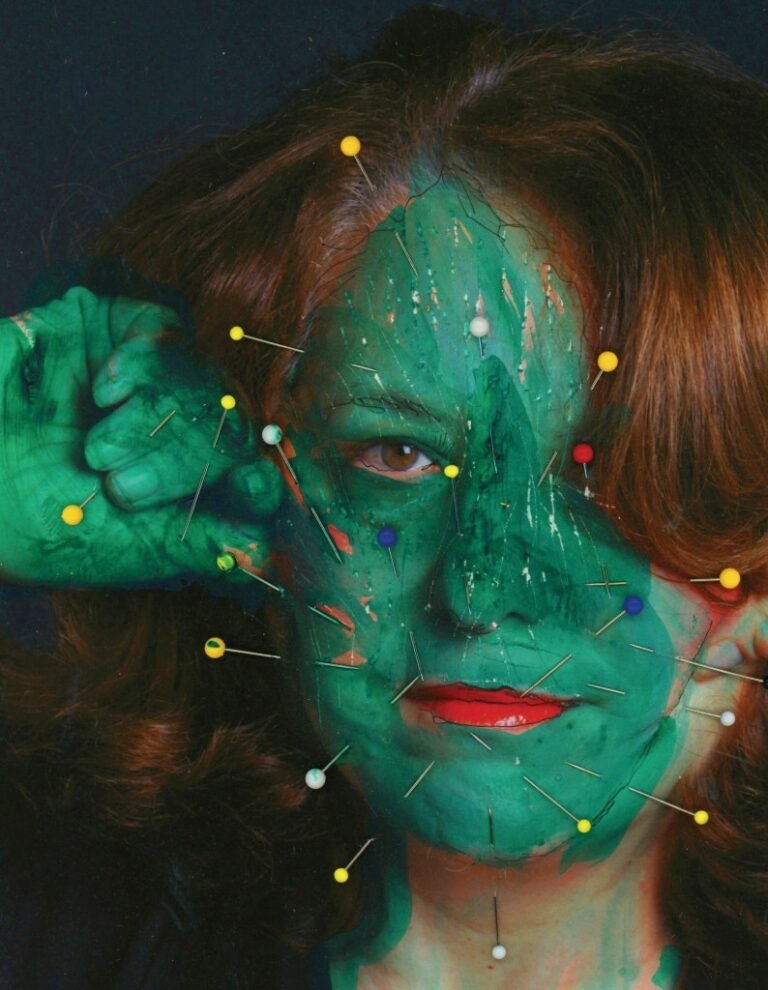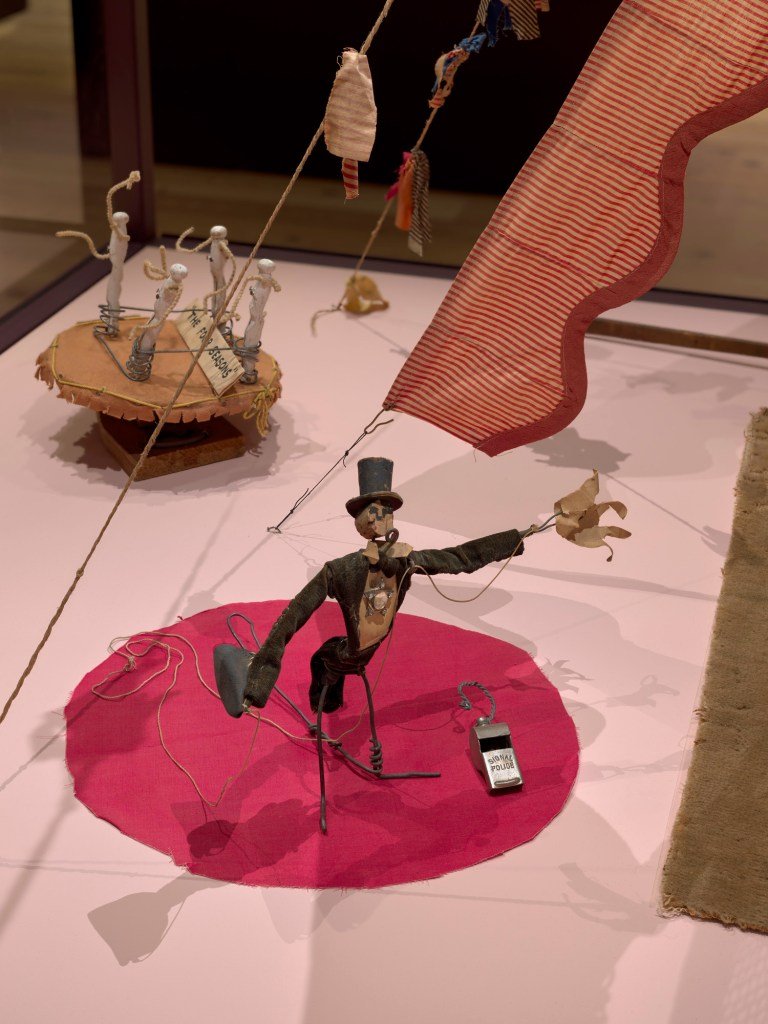

The long-anticipated Grand Egyptian Museum (GEM) in Giza opened to the public on Tuesday, November 4, after a dramatic pyrotechnic inauguration ceremony attended by local and European leaders last weekend.
Twenty years after the $1 billion construction of the museum began, more than 5,000 items from King Tutankhamun’s tomb will go on display for the first time since British archaeologist Howard Carter unearthed the resting place in 1922. A website for the GEM complex, which a memo from the Egyptian president’s office described as covering 500,000 square meters (~5.4 million square feet) near the Giza pyramid complex, claimed the institution is the world’s largest museum “dedicated to a single civilization.” The lavish opening ceremony featured several suspended performers sailing through the galleries, a drone show, multiple operatic and orchestral numbers, and a multimedia journey through Ancient Egyptian history, among other stunts.
The project’s lengthy construction period has been attributed to the Arab Spring uprisings in 2010 and 2011, the 2020 COVID-19 pandemic, and ongoing genocides in Gaza and Sudan, as accused by the United Nations Independent International Commission of Inquiry and the US Department of Homeland Security under former President Joe Biden, respectively.
Hosni Mubarak, the former de facto dictator whose regime perpetrated countless human rights abuses and proposed the creation of the museum in 1992, resigned from the presidency after 18 days of protests during Egypt’s 2011 revolution. During the uprising, the preexisting Museum of Egyptian Antiquities in Cairo’s Tahrir Square was looted. According to a report by journalist Ezzat Ibrahim in Egypt’s state-owned Ahram Online, the museum eventually grew “overcrowded, and its structure tired,” necessitating GEM.
The museum’s website states that 97% of the GEM’s construction reached completion in 2020. It partially opened select galleries in October 2024 to up to 4,000 daily visitors. Museumgoers have already been able to see one of GEM’s most prized treasures: a 3,200-year-old Ramesses II obelisk, which was the first “elevated obelisk in Egypt,” according to the institution’s website, and a massive statue of the pharaoh. Now, the public will have access to the institution’s 100,000-item collection charting Ancient Egyptian civilization through the Greek and Roman periods.
Days before the lavish opening ceremony invited media attention, Asia’s chapter of People for the Ethical Treatment of Animals (PETA) sent a letter to Egyptian President Abdel Fattah el-Sisi, urging him to create an animal sanctuary for camels and horses abused in connection with local tourism using profits from the museum. The organization attached a disturbing video of what it said were dead horses that had been used for tourist rides around the nearby Great Pyramid complex.
In a recent interview with the BBC, archaeologist and former Egyptian Minister of Tourism and Antiquities Zahi Hawass said the museum was his “dream.”
“Now I want two things: number one, museums to stop buying stolen artifacts and number two, I need three objects to come back: the Rosetta Stone from the British Museum, the Zodiac from the Louvre, and the Bust of Nefertiti from Berlin,” Hawass said in the interview. Hawass, who was pushed out of his role in 2011 amid corruption allegations, penned petitions for the repatriation of all three artifacts. Last October, Hawass alleged that the famous limestone bust of Queen Nefertiti was removed from the country illegally by a German Egyptologist in 1913.
“The GEM is not a replica of the Louvre or the British Museum,” Ibrahim wrote in Ahram Online. “It is Egypt’s response to both. Those museums were born of empire; this one is born of authenticity. Here, Egypt tells its own story in its own voice.”


